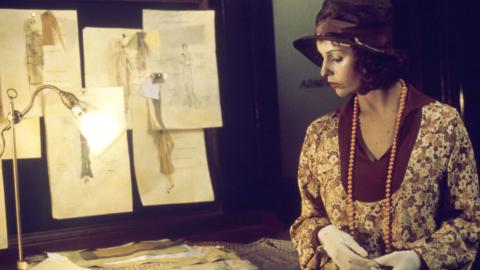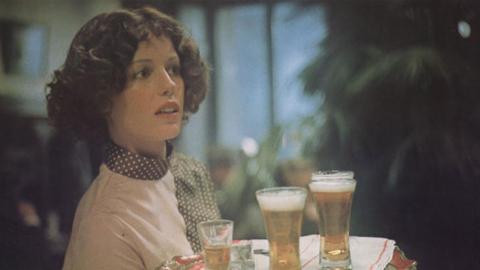
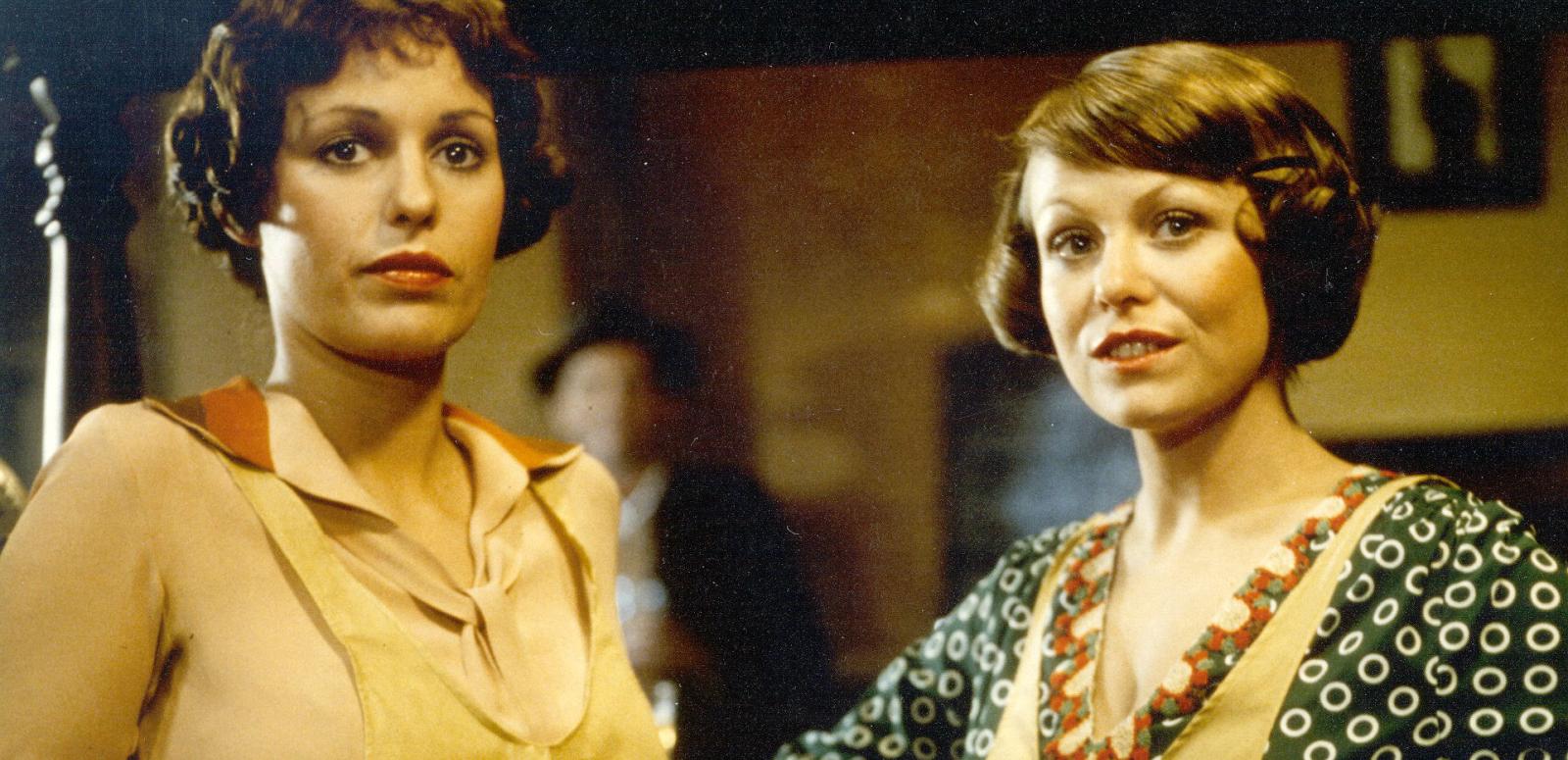
Caddie
Caddie starring Helen Morse
Caddie (1976) was a breakthrough feature in the Australian film renaissance of the 1970s. Highly successful with critics and audiences, it was also one of the few films of the time to focus on telling a woman’s story.
The autobiographical novel the film is based on, Caddie, a Sydney Barmaid (1953), was published through the intervention of writers Dymphna Cusack and Florence James. Cusack and James had employed Catherine ‘Caddie’ Edmonds as a housekeeper.
Over time Edmonds revealed the story of her extraordinary life, particularly what it was like for women in the early 1920s and 30s, raising two children by herself during the Depression.
Nurtured by Cusack and James, Edmonds taught herself to type and finished the seventh draft of her autobiography in 1952.
By chance, editor and film producer Tony Buckley came across Edmonds’ novel and couldn’t put it down. Buckley had edited Age of Consent (1969) and Wake in Fright (1971) but had not produced a feature before.
He wanted to adapt the novel as a film and approached scriptwriter Joan Long – the second woman ever to direct films for the Commonwealth Film Unit. Donald Crombie was then hired to direct and Helen Morse auditioned for the central role of Caddie.
This is the first in a two-part series. Read Part Two.
Working on Caddie
In this oral history excerpt Helen Morse discusses her early involvement in the making of the film, the significance of a woman being the central character and the approach Joan Long took in writing the script:
Helen Morse oral history excerpt, 2015. NFSA title 1307734
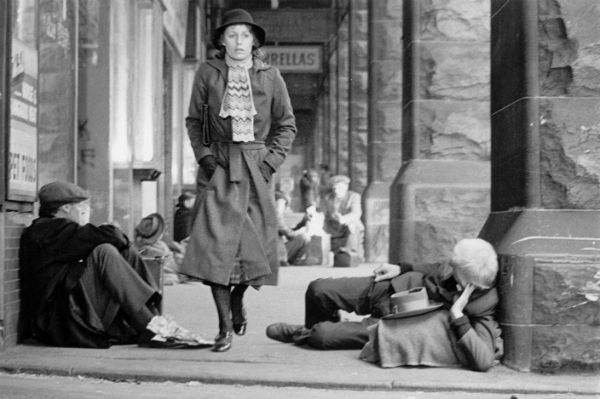
I loved the book, and I loved the person who came through the book - this tough, but vulnerable, woman.
Seventeen-year-old Lorna Lesley, credited as ‘Maudie’s friend’, played a very small role in the film and was given only one line. Despite this, the experience left an enduring impression on the actor:
Lorna Lesley oral history excerpt, 2013. NFSA title 1157413
The photo gallery below includes images from behind the scenes and on location during the making of Caddie (1976).
Click image to enlarge

Helen Morse as Caddie with her on-screen children (played by Deborah Kounnas and Simon Hinton). NFSA title: 786801

Helen Morse (Caddie) and Takis Emmanuel (Peter) on set. NFSA title: 786801
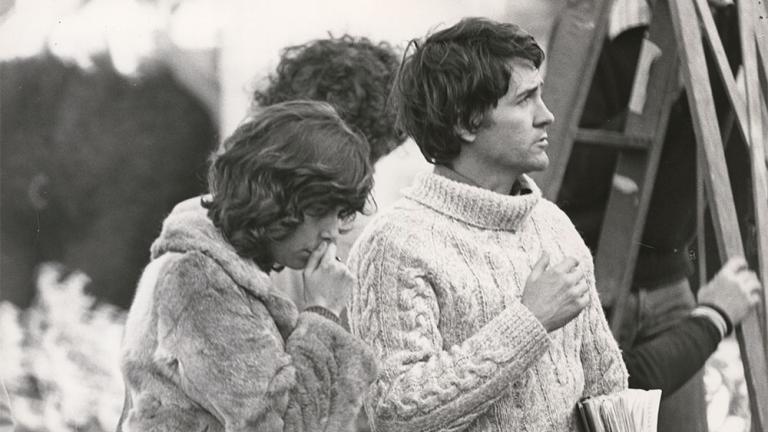
Director Donald Crombie. NFSA title: 472608
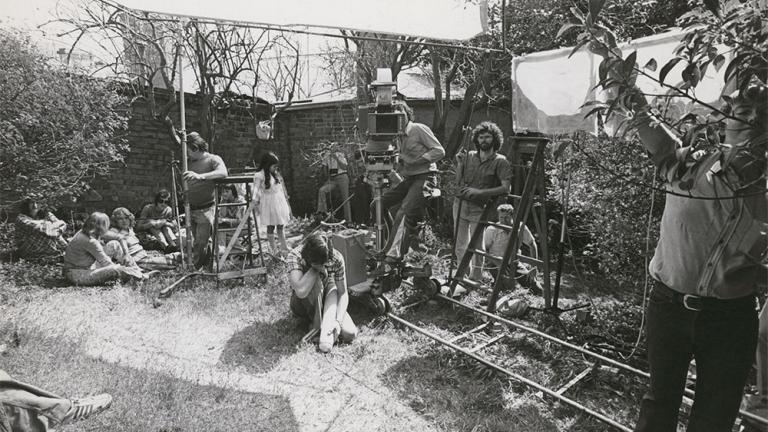
Filming in a Sydney backyard. NFSA title: 471204
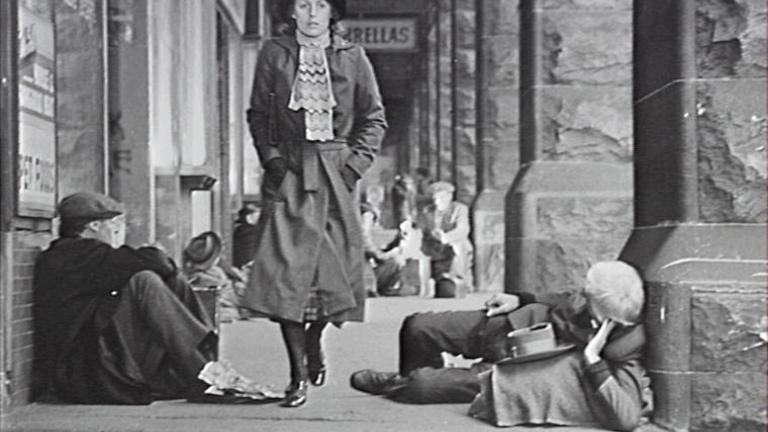
Helen Morse (as Caddie Marsh) walks past homeless men at Sydney's Central Station during the Depression. NFSA title: 352541
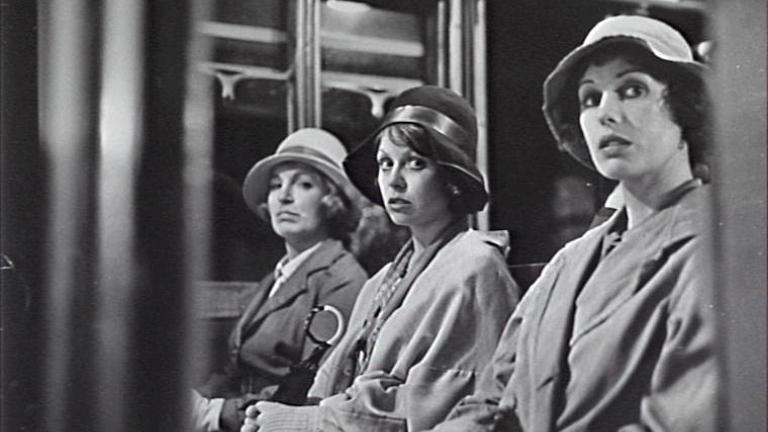
Jacki Weaver (as Josie, centre) with Helen Morse (Caddie, right). NFSA title: 351734
The 1920s on a budget
It was fortuitous that the United Nations had designated 1975 as International Women’s Year. The UN funded various projects including women’s centres and refuges across the country and also provided some funding for Caddie.
Additional budget was raised from the Australian Film Development Corporation, The Australian Women’s Weekly, the Nine Network and Roadshow. At around $400,000 it was still a very small budget, resulting in an intense shooting schedule.
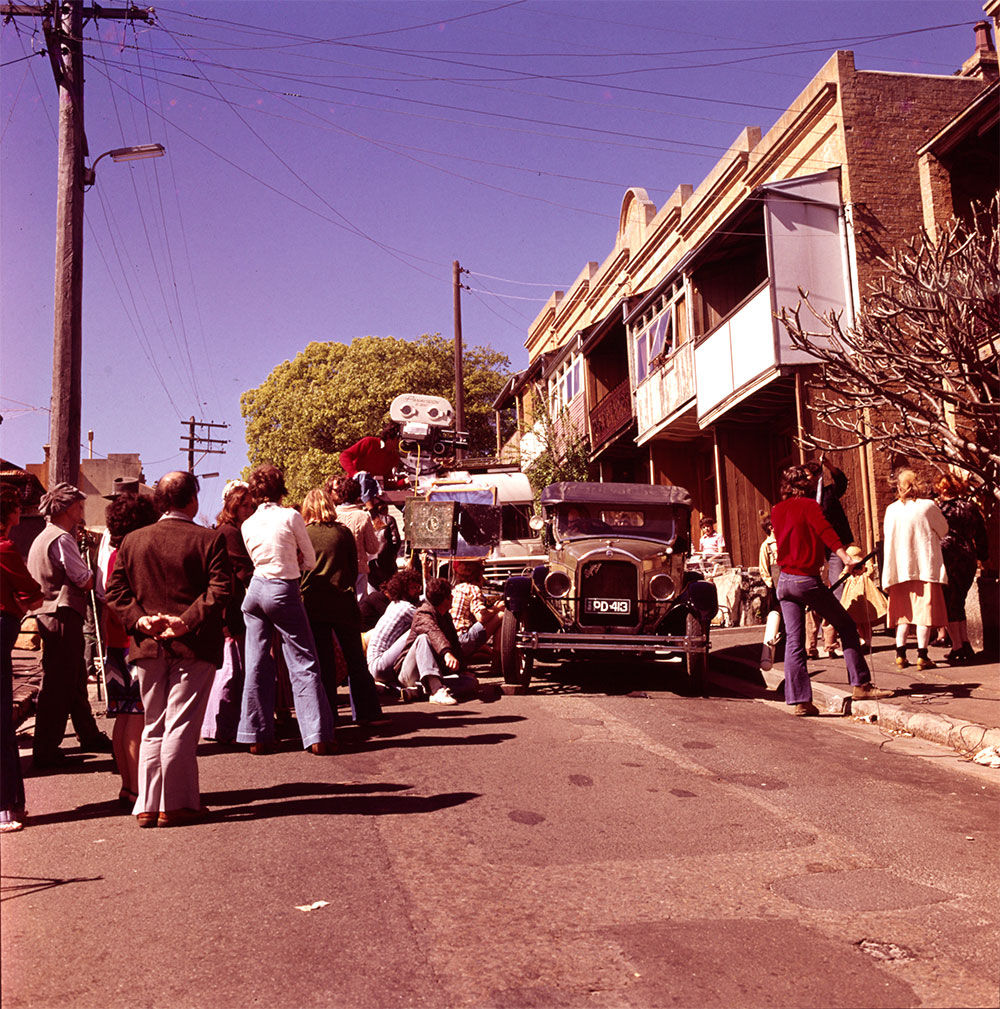
Filming of Caddie in Sydney, 1976
Filming took place during August and September 1975 at locations around Balmain, Sydney.
A number of scenes were filmed at the Sir William Wallace Hotel and the Kent Hotel. The Kent Hotel closed in 1976 and later reopened for a time as ‘Caddie’s Restaurant’, named for its association with the film. Other scenes were filmed in Edgecliff, where some buildings had scarcely changed since the 1920s.
Studio filming took place at the Cinesound Studios in Rozelle. The limited budget for Caddie meant that some scenes were cut from the script and the bar scenes included actors working as extras but also locals.
Caddie’s real life daughter also visited the set. The total shoot was completed in six weeks.
Designing a period drama
Despite its modest budget, Caddie (1976) was also notable for its thoroughly researched and convincing costumes (Judith Dorsman), production design (Owen Williams), hair (Jenny Brown) and make-up (Peggy Carter).
In this excerpt from an oral history recording, Peggy Carter discusses the way she approaches her work as a make-up artist and the special challenges of working on Caddie:
Peggy Carter oral history excerpt, 2013. NFSA title: 1138652
Film stills from Caddie (1976) in the gallery below show the attention to detail in costume design (Judith Dorsman) and make-up (Peggy Carter and Jenny Brown):
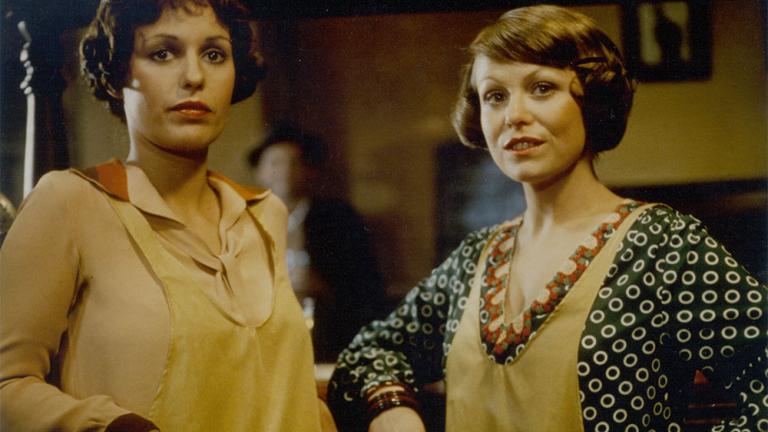
Helen Morse (left) as Caddie with Jacki Weaver (Josie). NFSA title: 567583

Lynette Curran (as Maudie, left) with her friends, played by Lorna Lesley and Vivienne Garrett. NFSA title: 704238

Helen Morse (right, as Caddie). NFSA title: 704238

Helen Morse as Caddie. NFSA title: 704238

Helen Morse as Caddie. NFSA title: 704238

Helen Morse as Caddie. NFSA title: 768801

Helen Morse as Caddie. NFSA title: 786801

Helen Morse as Caddie. NFSA title: 786801

Helen Morse (as Caddie) with Sean Hinton (as her on-screen son, Terry). NFSA title: 786801

Melissa Jaffer (as Leslie, left) with Helen Morse (Caddie). NFSA title: 786801
Read about the success of Caddie (1976) and listen to producer Tony Buckley reflect on its contemporary significance in Part Two.
The National Film and Sound Archive of Australia acknowledges Australia’s Aboriginal and Torres Strait Islander peoples as the Traditional Custodians of the land on which we work and live and gives respect to their Elders both past and present.
